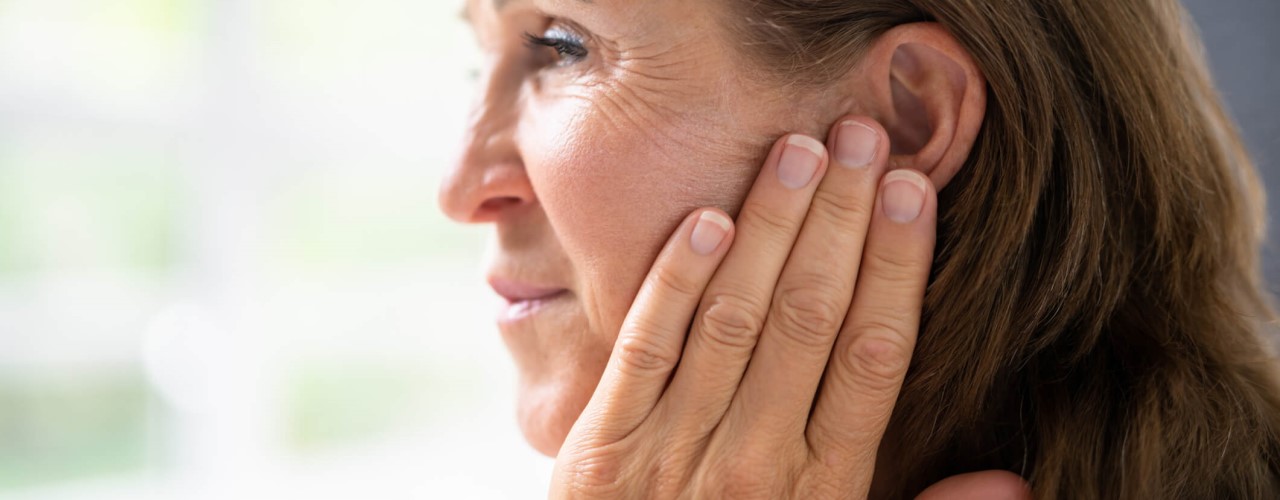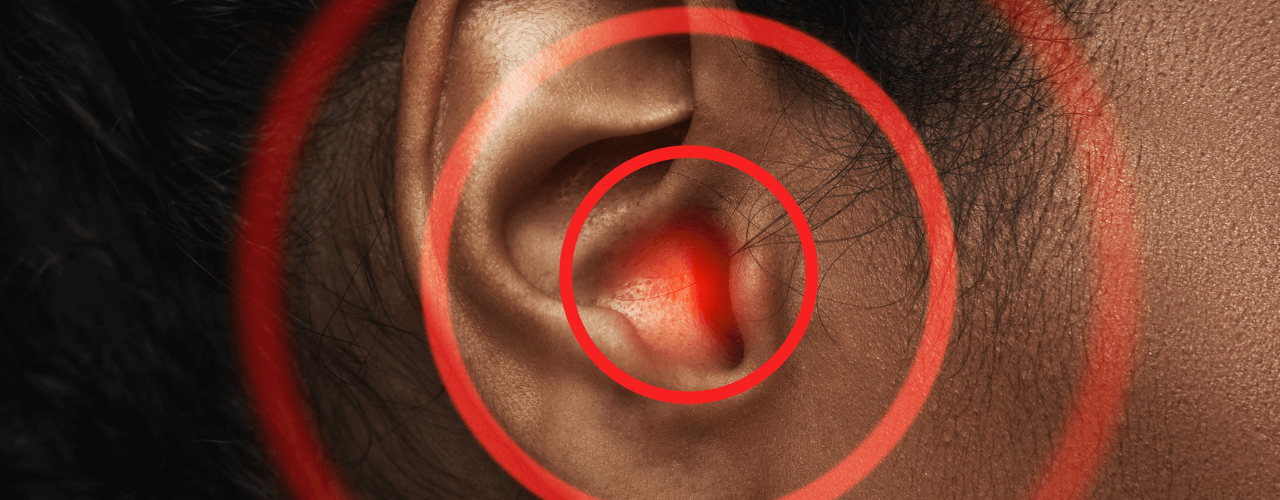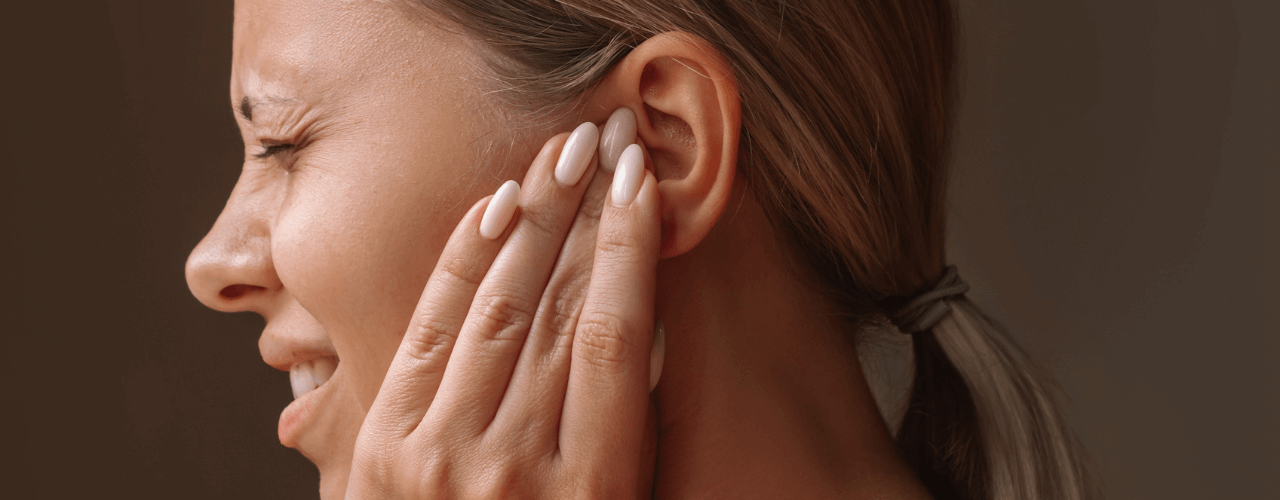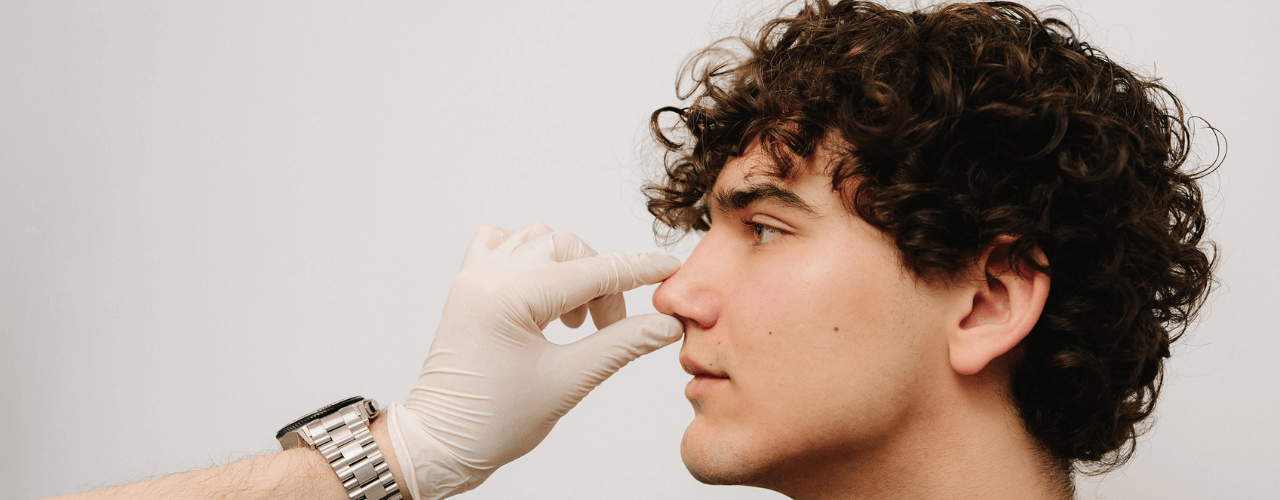Blocked Ear Treatment and Ear Infection Solutions for Adults
Blocked ears and ear infections are common issues affecting adults of all ages. Whether it’s caused by a simple wax build-up, fluid retention, or a more serious infection, ear problems can disrupt daily life and lead to discomfort or even hearing loss. In this guide, we’ll explore the causes, symptoms, and treatments for blocked ears and ear infections.
Understanding Blocked Ears: Causes and Symptoms
Blocked ears can occur for various reasons, and it’s important to understand the root cause before deciding on treatment. The most common causes include:
- Earwax build-up: The ear naturally produces wax to protect itself, but sometimes excessive wax can accumulate, leading to a blocked sensation.
- Fluid retention: After a cold, sinus infection, or even after swimming, fluid can become trapped behind the eardrum, causing pressure and discomfort.
- Ear infections: Both outer and middle ear infections can lead to blocked ears, along with pain and swelling.
- Eustachian tube dysfunction: The Eustachian tube connects the middle ear to the back of the throat. When this tube becomes blocked, typically due to allergies or a respiratory infection, it can result in a full or blocked sensation.
The symptoms of a blocked ear may vary depending on the cause, but common signs include muffled hearing, a feeling of fullness in the ear, discomfort, or even dizziness. If you experience any of these symptoms, it’s essential to consider blocked ear treatment to prevent further complications.
Home Remedies for Blocked Ears
While it’s important to seek professional advice for persistent issues, some blocked ear treatments can be done at home to alleviate mild discomfort:
- Earwax softening drops: Over-the-counter ear drops can help soften and break down earwax, making it easier to remove.
- Steam inhalation: Breathing in steam can help open up the Eustachian tubes, especially if your blocked ears are related to a cold or sinus infection.
- Yawning or swallowing: These simple actions can help open the Eustachian tube and relieve pressure.
- Warm compresses: Applying a warm cloth to the affected ear can help reduce discomfort and promote drainage.
While these methods may offer temporary relief, they should not be used as a substitute for professional care if the problem persists.
When to Seek Professional Treatment
If home remedies aren’t effective or if symptoms worsen, it’s time to seek medical advice. Medical specialists provide comprehensive blocked ear treatment, ensuring a thorough diagnosis to determine the cause of the blockage and offering tailored solutions. Some of the professional treatments offered include:
- Microsuction earwax removal: This is a safe and painless method of removing excessive earwax using specialised equipment. It is often more effective than home treatments and recommended for people who experience frequent wax build-up.
- Ear infection treatments: For infections, we may prescribe antibiotics or other medications to treat the underlying cause. In some cases, more advanced treatments, such as the drainage of fluid from the ear, may be necessary.
- Eustachian tube dysfunction treatment: If blocked ears are caused by a dysfunction in the Eustachian tubes, we offer treatments that can help relieve the blockage, such as nasal sprays or, in more severe cases, procedures to open the tubes.
Ear Infections in Adults: Causes and Treatment Options
Ear infections aren’t just a childhood issue; adults can also be affected, and untreated infections can lead to complications. The two main types of ear infections are:
- Otitis Externa (outer ear infection): Often referred to as “swimmer’s ear,” this type of infection affects the ear canal and is usually caused by bacteria or fungi. Symptoms include pain, swelling, and discharge. Treatment typically involves antibiotic or antifungal drops.
- Otitis Media (middle ear infection): This infection occurs behind the eardrum, often following a cold or respiratory infection. It can cause significant pain and a blocked ear sensation. Treatment may involve antibiotics, and in chronic cases, surgical options like grommet insertion might be recommended to prevent further infections.
Preventing Ear Infections and Blocked Ears
Prevention is always better than cure. While not all ear problems are avoidable, there are steps you can take to reduce the likelihood of experiencing blocked ears or ear infections:
- Keep your ears dry: After swimming or showering, gently dry your ears with a towel to prevent moisture build-up.
- Avoid inserting objects into the ear: Using cotton buds or other items to clean your ears can push wax further in and cause blockages.
- Manage allergies: If you’re prone to Eustachian tube dysfunction due to allergies, managing your symptoms with medication can help reduce ear problems.
- Regular ear check-ups: If you’re someone who experiences frequent ear issues, regular visits to an ENT specialist can help catch problems early and prevent complications.
Ear Infection Solutions
If you’re struggling with persistent ear discomfort or an infection, it’s essential to seek professional help to avoid long-term issues such as hearing loss or chronic pain. Contact us today to book a consultation with our experienced team of ENT specialists. Whether you’re dealing with blocked ears, recurring ear infections, or other ear-related issues, we’re here to provide effective, personalised solutions to help you feel your best.












